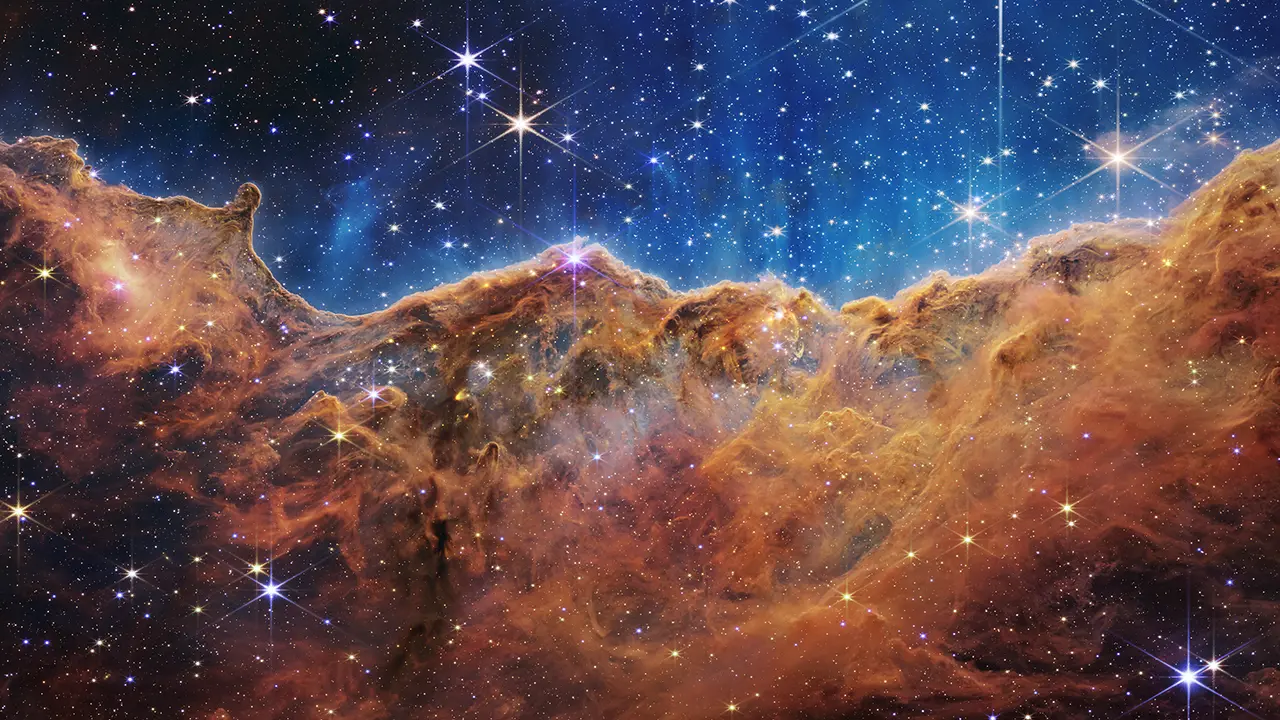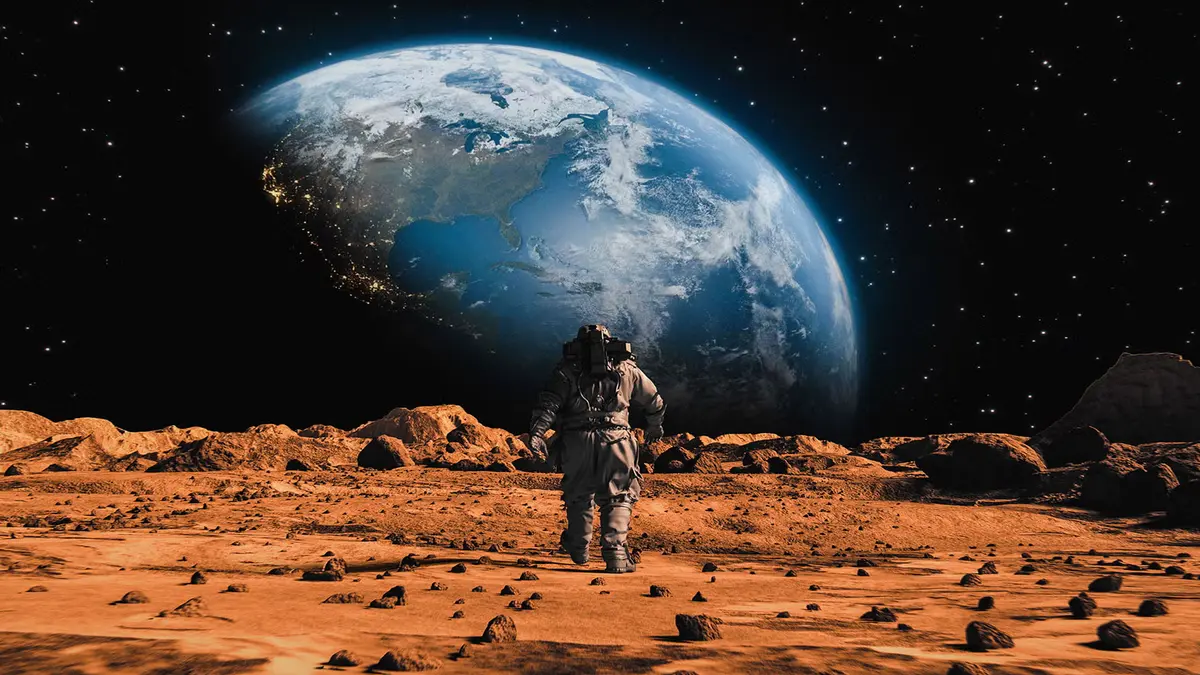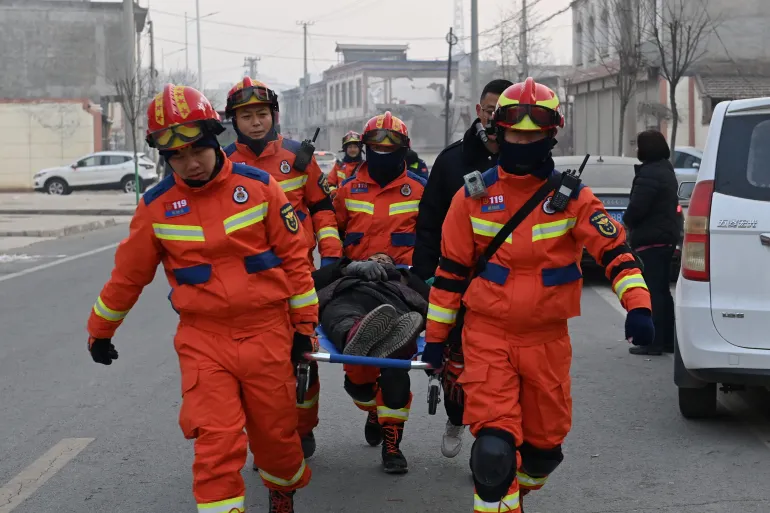Forget grainy images and theoretical models. The James Webb Space Telescope (JWST) just dropped a cosmic bombshell, giving us a front-row seat to the chaotic ballet of planet formation. It’s not just an incremental step forward; it’s a quantum leap, transforming our understanding of how these celestial bodies, including our own Earth, come into existence.
From Cosmic Dust Bunnies to Full-Fledged Worlds:
Imagine a swirling cloud of stardust, gas, and cosmic debris – the nursery for newborn planets. These protoplanetary disks, once shrouded in mystery, are now being dissected by JWST’s infrared gaze. Forget the artist’s renditions; we’re seeing the real deal: intricate rings, gaping voids, and spiral arms, all sculpted by the gravitational tug-of-war of nascent planets. It’s like watching a cosmic construction site in real-time.
JWST “Wow” Moment:
JWST recently zeroed in on [Insert Star Name – e.g., “IRS 48” or similar from recent news]. And what it found is rewriting the textbooks. Instead of a smooth, uniform disk, JWST revealed [Insert specific, exciting finding from recent news – e.g., “a lopsided disk with a massive dust trap,” or “complex organic molecules swirling around a forming planet,” or “evidence of planetesimals colliding and merging”]. This isn’t just a pretty picture; it’s a data-rich snapshot of the precise moment when planet formation kicks into high gear.
The Planet-Making Recipe, Deconstructed:
JWST isn’t just observing; it’s deciphering the recipe for planet creation. We’re talking about the intricate dance of gravity, the clumping of dust particles into pebbles, then boulders, and finally, planetesimals – the baby planets. Recent JWST data has revealed [Insert specific detail from recent news – e.g., “how the star’s magnetic field is shaping the disk,” or “how the temperature gradients are influencing the condensation of different materials,” or “how the presence of multiple forming planets creates dynamic interactions within the disk”]. This is planet formation 101, but on a scale we’ve never seen before.
Our Solar System’s Echoes:
This isn’t just about distant worlds. It’s about understanding our own cosmic origins. The processes happening light-years away are echoes of what shaped our solar system billions of years ago. JWST is essentially a time machine, allowing us to witness the birth of planets and rewind the clock on our own cosmic history. Did our gas giants form first? How did Earth acquire its water? JWST’s observations are providing the clues to answer these fundamental questions.
The Future is Bright (and Dusty):
JWST’s journey has just begun. Over the coming years, it will train its powerful eye on countless other star systems, building a comprehensive catalog of planet-forming environments. We can expect a deluge of new discoveries, each one pushing the boundaries of our understanding. Prepare for more mind-blowing images, more surprising data, and a complete reimagining of how planets, and ultimately, life itself, come to be.




